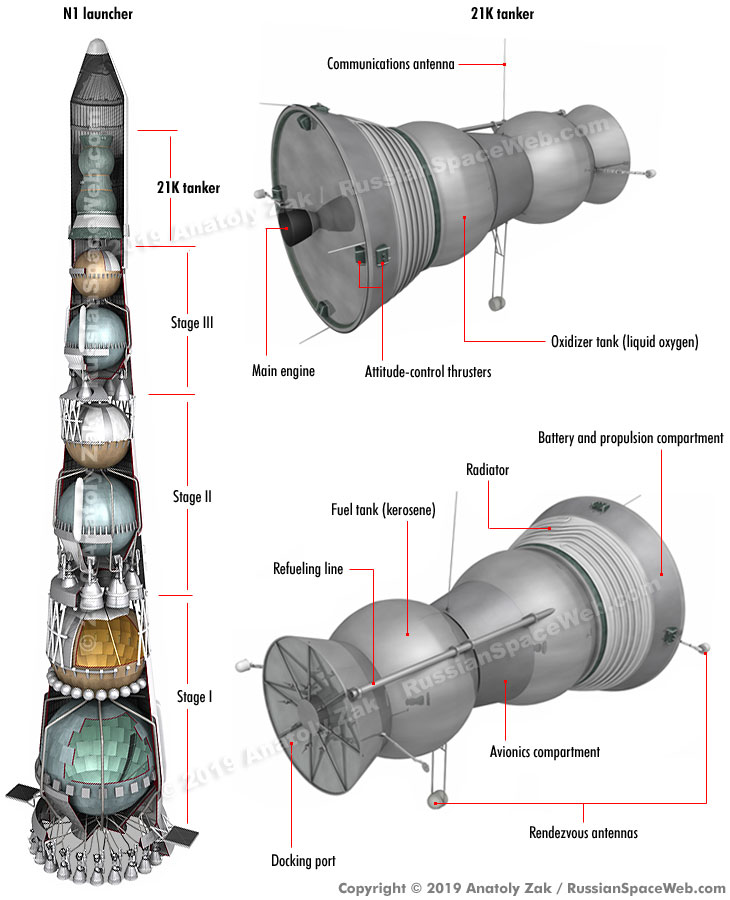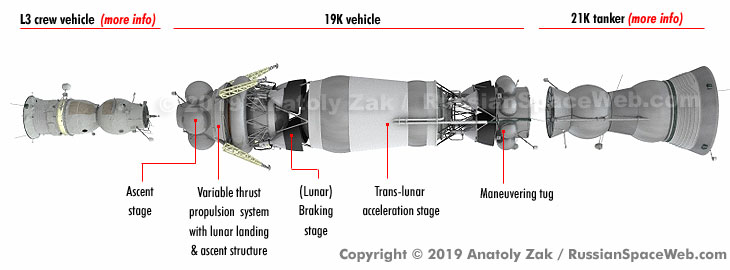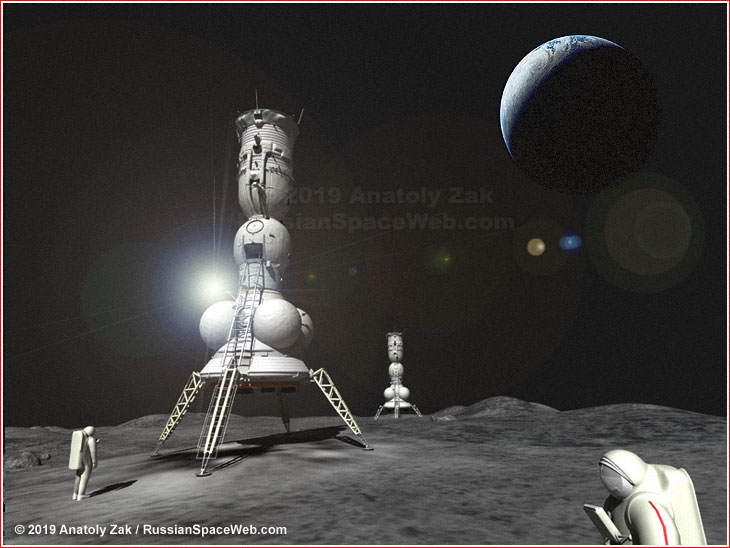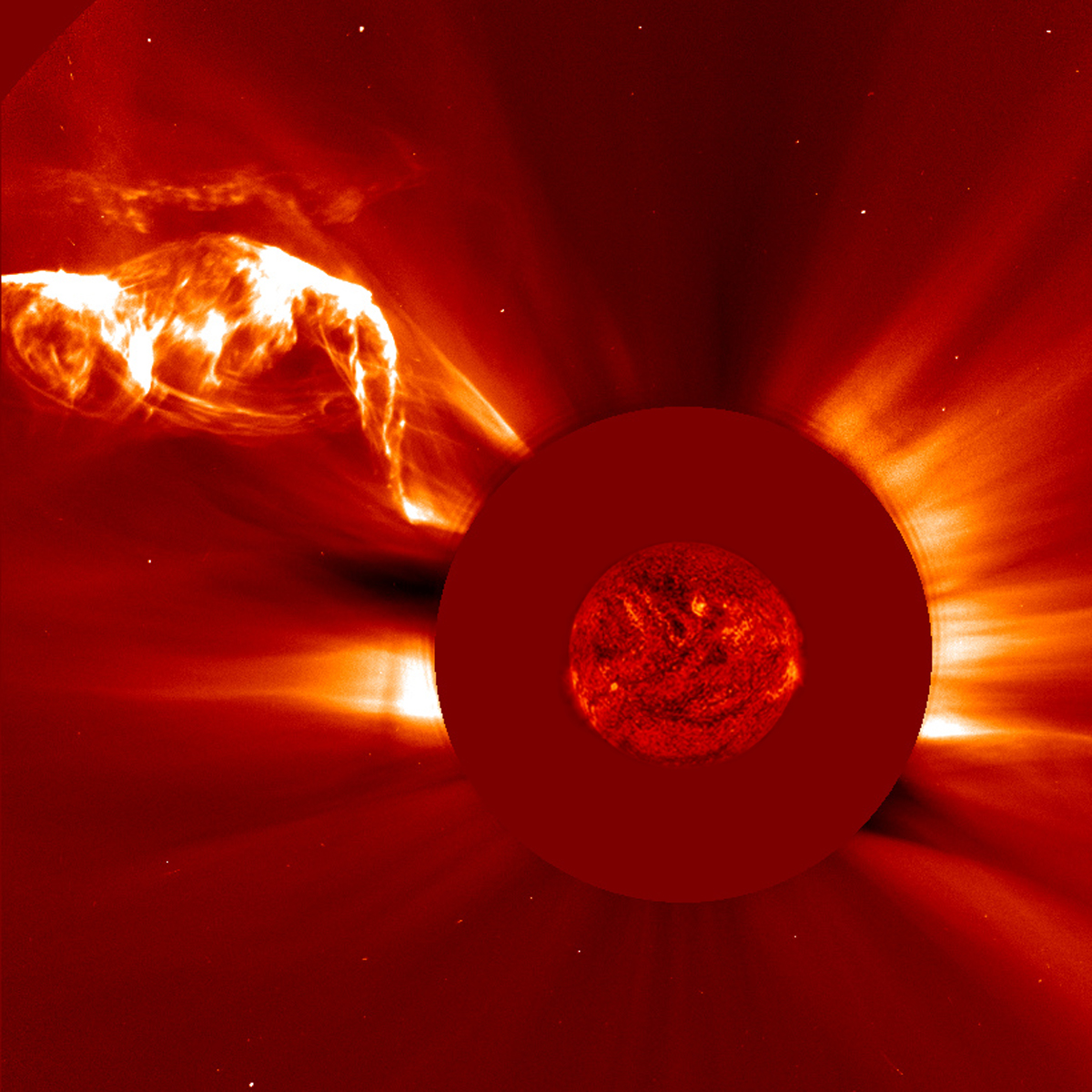Most, although by no means all, pre-Apollo concepts for manned lunar flights depended on assembly or at least refueling in LEO. It's my understanding that a reason for dropping this approach was that it could not be done in time to satisfy Apollo's before-this-decade-is-out deadline.
Probably the most carefully-researched LEO-assembly proposal was the Army's Project Horizon (http://www.astronautix.com/project/horizon.htm), completed by the von Braun crew shortly before its was transfer to NASA. Horizon envisioned the first moon landings by the mid-60s. Even allowing for the usual over-optimism, it seems at first glance as though Horizon could have satisfied the timetable easily, while requiring neither the Saturn V or the even bigger Nova. Is it really clear that the large-booster architectures (EOR, LOR and direct) were needed to get to the moon quickly? Were there other factors dictating the abandonment of LEO assembly or refueling?
Probably the most carefully-researched LEO-assembly proposal was the Army's Project Horizon (http://www.astronautix.com/project/horizon.htm), completed by the von Braun crew shortly before its was transfer to NASA. Horizon envisioned the first moon landings by the mid-60s. Even allowing for the usual over-optimism, it seems at first glance as though Horizon could have satisfied the timetable easily, while requiring neither the Saturn V or the even bigger Nova. Is it really clear that the large-booster architectures (EOR, LOR and direct) were needed to get to the moon quickly? Were there other factors dictating the abandonment of LEO assembly or refueling?





